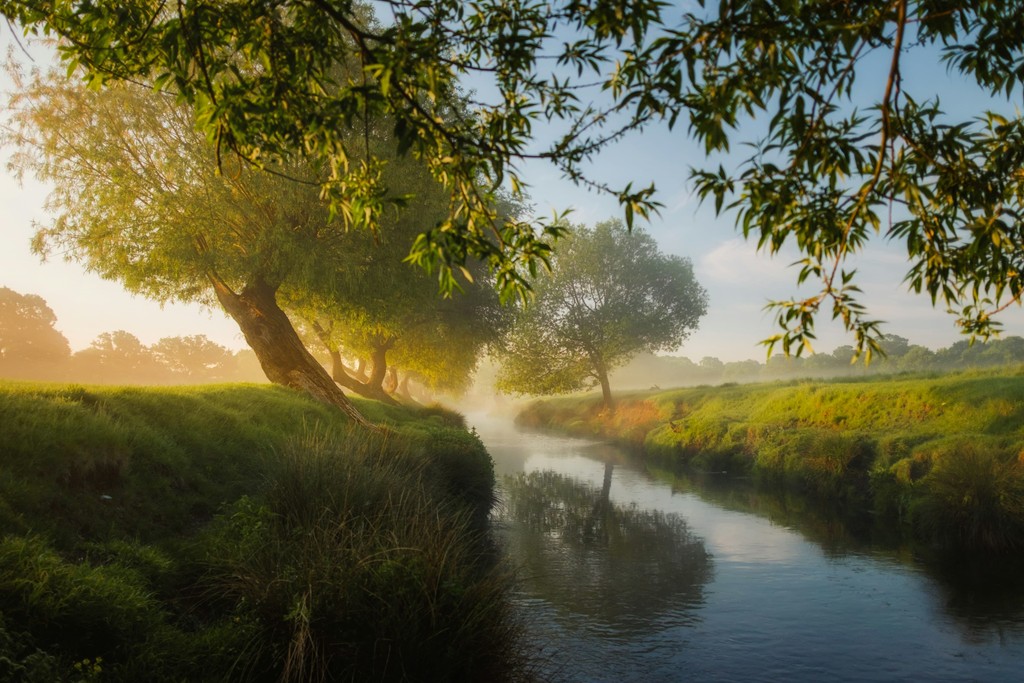Getting Started with Aperture
Apr 26, 2024
Tutorial
Aperture is a fundamental concept in photography, crucial for controlling light and depth of field. This setting influences exposure and determines how much of your image is in sharp focus. Understanding aperture helps create effects like blurred backgrounds or detailed landscapes. This brief introduction will guide you through the basics, setting the foundation for enhancing your photography skills.
What is Aperture?
Aperture refers to the opening of the lens diaphragm inside your camera. It is measured in f-stops, represented by numbers such as f/1.8, f/4, f/8, and so on. These numbers determine the size of the lens opening and, consequently, the amount of light allowed to reach the camera's image sensor.
Aperture and Depth of Field
One of the most significant effects of aperture is its impact on depth of field (DOF). Depth of field refers to the range of sharpness in an image, from the foreground to the background. A wide aperture (small f-number like f/1.8) creates a shallow depth of field, resulting in a subject in sharp focus against a blurred background. This effect is commonly used in portrait photography to isolate the subject and create a pleasing bokeh effect.
On the other hand, a narrow aperture (large f-number like f/16) increases the depth of field, resulting in more of the scene being in focus. This is often preferred in landscape photography, where capturing sharp details throughout the frame is desired.

Aperture and Exposure
Aperture plays a critical role in determining the exposure of your photographs. When you adjust the aperture, you control the amount of light that reaches the image sensor. A larger aperture (small f-number) allows more light to enter the camera, resulting in a brighter image. Conversely, a smaller aperture (large f-number) restricts the amount of light, leading to a darker image. By mastering aperture, you can manage the exposure of your photographs without solely relying on other settings like shutter speed or ISO.
The Trade-offs: Quality and Diffraction
While adjusting the aperture offers creative control, it's important to understand the trade-offs. As you move toward the extremes of the aperture range, certain factors come into play. At wider apertures (low f-number), the image quality may be affected by optical aberrations and a decrease in sharpness towards the edges of the frame.
On the other hand, at narrower apertures (high f-number), an optical phenomenon called diffraction can occur, reducing overall image sharpness. Therefore, it's crucial to find the optimal aperture range for your lens where image quality is optimized.

Tips for Mastering Aperture
1. Experiment: Set your camera to aperture priority mode (usually denoted as "A" or "Av") and start experimenting with different f-stops to understand the effects on depth of field and exposure.
2. Compositional Impact: Use wide apertures to isolate subjects and create a sense of depth in your images, or use narrow apertures to capture expansive landscapes with sharp foreground to background details.
3. Lens Sweet Spot: Every lens has an aperture at which it performs optimally, typically around f/8 to f/11. Explore your lens's sweet spot to achieve the best balance of sharpness and image quality.
4. Understand Hyperfocal Distance: By selecting a specific aperture and focusing point, you can maximize the depth of field, ensuring everything from a certain distance to infinity is in sharp focus.
5. Consider Lighting Conditions: In low-light situations, wider apertures can help capture more light and maintain faster shutter speeds to avoid motion blur. In bright conditions, narrower apertures can assist in controlling exposure and reducing the risk of overexposure.
More Blog Posts








